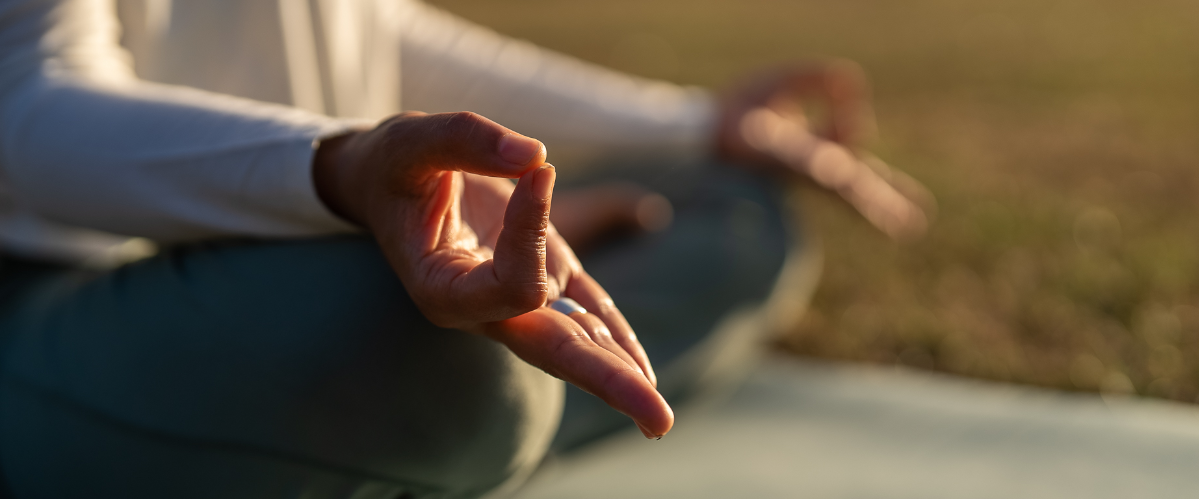

Kanwal Ahluwalia’s story is poignantly familiar. It was the midst of a global financial crisis and while Kanwal loved her work at an international non-profit aligned with her purpose of supporting marginalised women and girls, changes in management meant that slowly, by almost imperceptible degrees, Ahluwalia began to feel the organisation was moving away from its feminist values.
In an environment strained by growing inequalities in the testing aftermath of the financial crisis, Ahluwalia was not alone. “I saw people...stressed out from ‘screen glaze,’ and from spinning too many plates. Many [who worked for non-profits] often shared the struggles we were facing in a sector that was ‘selling out’ and losing its political edge,” she says candidly.
It wasn’t a phenomenon limited to the non-profit sector. Nor did it magically get irrevocably ‘fixed’ with an economic upturn. Whether it’s a global pandemic, an economy in crisis, political turmoil, skyrocketing inflation or just a hustle culture that places overworking on a pedestal, in modern society, unfortunately, such feelings are the norm – not the exception.
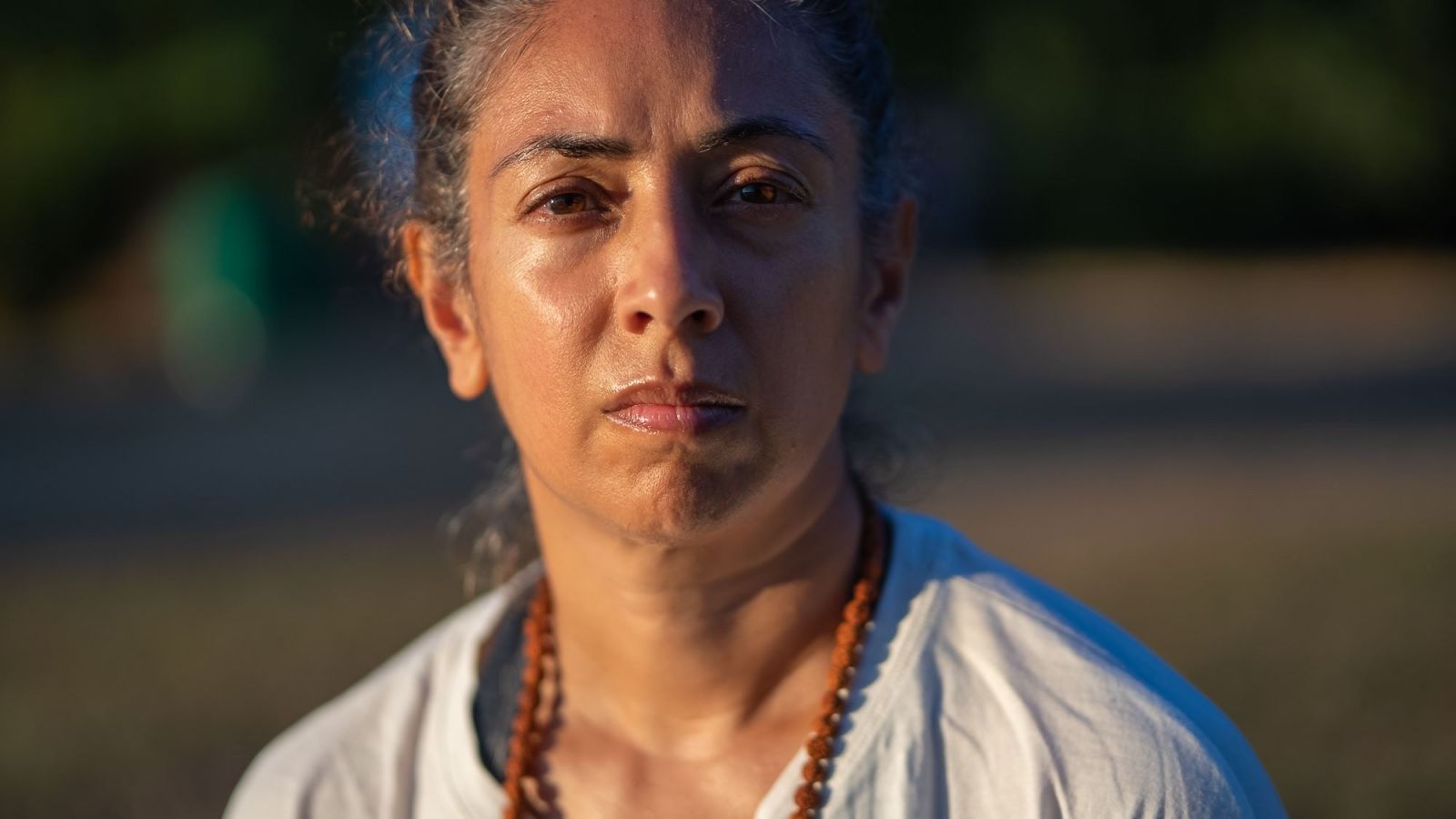
Many of the challenges Ahluwalia experienced – angst from work emails, feeling her voice was eclipsed by those motivated by profile building rather than ethics-driven work and a faltering sense of purpose are feelings most of us have experienced in some point of our lives. Often, though, we bury such feelings deep within – diligently drowning out the niggling sensation and muffled voice that something isn’t quite right so we can get on with our work. The resulting burn-out is usually nothing short of catastrophic.
In another highly stressful job, Ahluwalia recalls having an almost surreal experience.
“I noticed that I kept hearing someone call my name – I’d look round – but there wouldn’t be anyone there. Every time I heard that voice, I’d stop dead in my tracks and pause. And then I realised – it was my body telling me to slow down.”
Ultimately, Ahluwalia answered that call.
She convinced her line manager to allow her to work remotely in West Africa for a year to get closer to the communities and feminist organisations that she sought to work with and for and eventually went freelance, allowing her to be more selective about only pursuing work that feeds her soul. Today, Ahluwalia no longer feels overwhelmed, and she enjoys a sense of interconnectedness and passion in her life’s goals. There may still be moments of stress and tension – to say otherwise would be disingenuous – but she has a host of strategies in her arsenal to help her not just cope, but flourish. Not merely surviving anymore...she is thriving.
Her secret?
Yoga.
Ahluwalia’s first exposure to yoga, at the age of 15, was through a book full of images of people, “...in strange and wonderful positions,” she says. Her journey, however, truly began 12 years later, with hatha yoga style teacher Rafael Jorge. Ahluwalia says, “Straight away I could sense that there was more to yoga than simply ‘keeping fit’ and was drawn to the sense of connection between the mind, body and spirit. Yoga asana practice became a refuge.”
As a result, yoga led to a healing journey spanning over many decades. During this time, she has helped many on their own quest to soothe the mind and calm the spirit.
Since those fateful days of the call from within, Ahluwalia developed a daily practice as well as immersed herself in various types of yoga upon her return to the UK – “...from sweaty bikram to strenuous ashtanga to the dance-like vinyasa flow,” – she shares, and continued training, first with Yogahaven’s teacher training course (a 200-hour course with the Independent Yoga Network) and recently with Norman Blair (a 40-hour Advanced Yoga Teacher course with the Yoga Alliance).
She currently teaches hatha and yin yoga in South London, which follows the teachings of Sri Tirumalai Krishnamacharya. She is the resident hatha yoga teacher for the Darbar Festivals.
Here, she outlines how her understanding of yoga has evolved, improved her wellbeing, and helped her students. Most importantly, she gives concrete, actionable advice regarding how to use yoga and Indian classical music effectively. Read on to learn how to harness the power of the Indian classical arts – in tandem with yoga – to still the mind and soothe the spirit.
The origins of yoga
“In a nutshell, yoga began as an oral tradition, passed down from guru to student, similar to Indian arts,” explains Ahluwalia. Relatively recent research puts into context the role of ancient India as a birthplace of many spiritual practices and systems of belief: “Ancient seers used yoga as a means to explore the exterior and interior world and, perhaps, ultimately to achieve wisdom and knowledge of the sacred Indian texts: the Vedas, Upanishads, and Shastras,” studies state.
.jpg)
However, though the research literature is still emerging, India has long harnessed – with a primordial, almost visceral fire – the power that lies in understanding the interconnectedness of the whole person. In fact, the word yoga itself is a derivative of the Sanskrit word yug meaning to join, or yoke, bind together and concentrate.
At a semantic level, the root word in Sanskrit is malleable to interpretation – some say it has a wider range of meaning than any other word in the lexicon – and so too is the way the practice has been reimagined and reinterpreted through the ages.
“The act of yoking an animal, as well as the yoke itself, is called yoga. In astronomy, a conjunction of planets or stars, as well as a constellation, is called yoga. When one mixes together various substances, that, too, can be called yoga. The word yoga has also been employed to denote a device, a recipe, a method, a strategy, a charm, an incantation, fraud, a trick, an endeavor, a combination, union, an arrangement, zeal, care, diligence, industriousness, discipline, use, application, contact, a sum total, and the Work of alchemists. But this is by no means an exhaustive list,” writes David Gordon White in Yoga, Brief History of an Idea.
But at its core, practitioners who get to the heart of the practice, such as Ahluwalia, agree that yoga is a spiritual and philosophical system with inextricable ties to innate human experience.
Whilst an understanding of when and how yoga originated remains contested, it has come to mean many things to many people through the ages. Since it has been reimagined as it evolved, classical yoga is a far cry from the ‘brand’ of yoga we most widely recognise today. Many of the prime markers we (almost by default) associate with yoga in the present age, such as postures and breath control, have taken on an inflated importance in the wider system of yoga and weren’t originally the be all and end all of yoga in the first place.
Yoga was never meant to be a cultural franchise spawning yoga mats, merchandise and an aspirational leisure-travel ‘brand’ exported from India. In certain scenarios, it’s as grossly misunderstood as the sanctimonious usage of the greeting 'Namaste'. By mainstreaming yoga as a cultural rather than a philosophical phenomenon, a host of concerns over the misappropriation of traditional wisdom are opened. More importantly, it distorts priorities and shifts focus away from the essence of the practice.
Instead of the trendiest fad or patented practice, early texts mentioning yoga are more concerned with issues such as human salvation, achieved through meditation and concentration. To understand yoga’s true ethos is to understand a pathway towards spirituality.
Yoga as liberation
So how did this pathway evolve?
“Yoga is mentioned in Vedic texts and Upanishads,” says Ahluwalia, “During the classical period of yoga, it was codified, if you like, during the 2nd Century AD by the sage Pantanjali.” Though much of the sage's history is obscure, yoga’s place in mysticism as a ‘path of liberation’ or ‘union with the divine’ is pronounced. Celebrated as one of the most enlightening spiritual documentaries of all time, Patanjali’s Yoga-Sutra outlines the eight-limbed path to enlightenment, Ahluwalia explains. Instead of the elusive posture being the pinnacle of achievement, in traditional wisdom, yoga is rooted within a more comprehensive framework.
“Though brief, the Yoga-Sutra manages to cut to the heart of the human dilemma,” writes independent scholar/practitioner of yoga and Indian Buddhism, Chip Hartranft. Elsewhere in an interview, he has described the Yoga-Sutra as, “...an austere work that describes the path of liberation as it’s understood in the yogic tradition.”
“With uncommon directness, Patanjali analyses how we know what we know and why we suffer. He then provides a meditative program through which each of us can fulfill the primary purposes of consciousness: to see things as they are and to achieve freedom from suffering. Weaving the threads of ancient yogic knowledge into a map of human possibility, the Yoga-Sutra stands as a testament to heroic self-awareness, defining yoga for all time,” Hartranft continues.
“Yoga asana (the practice of physical postures) is the third out of the eight steps,” Ahluwalia explains. The first two, she says, are Yamas and Niyamas, which are ethical guidelines for yoga practitioners. Steps three and four are postures and pranayama or the regulation of breath, whereas the fifth step is pratyahara, the withdrawal of the senses. Dharana, or concentration, is the sixth step, dhyana or meditation the seventh and finally, the eighth step is samadhi: liberation.
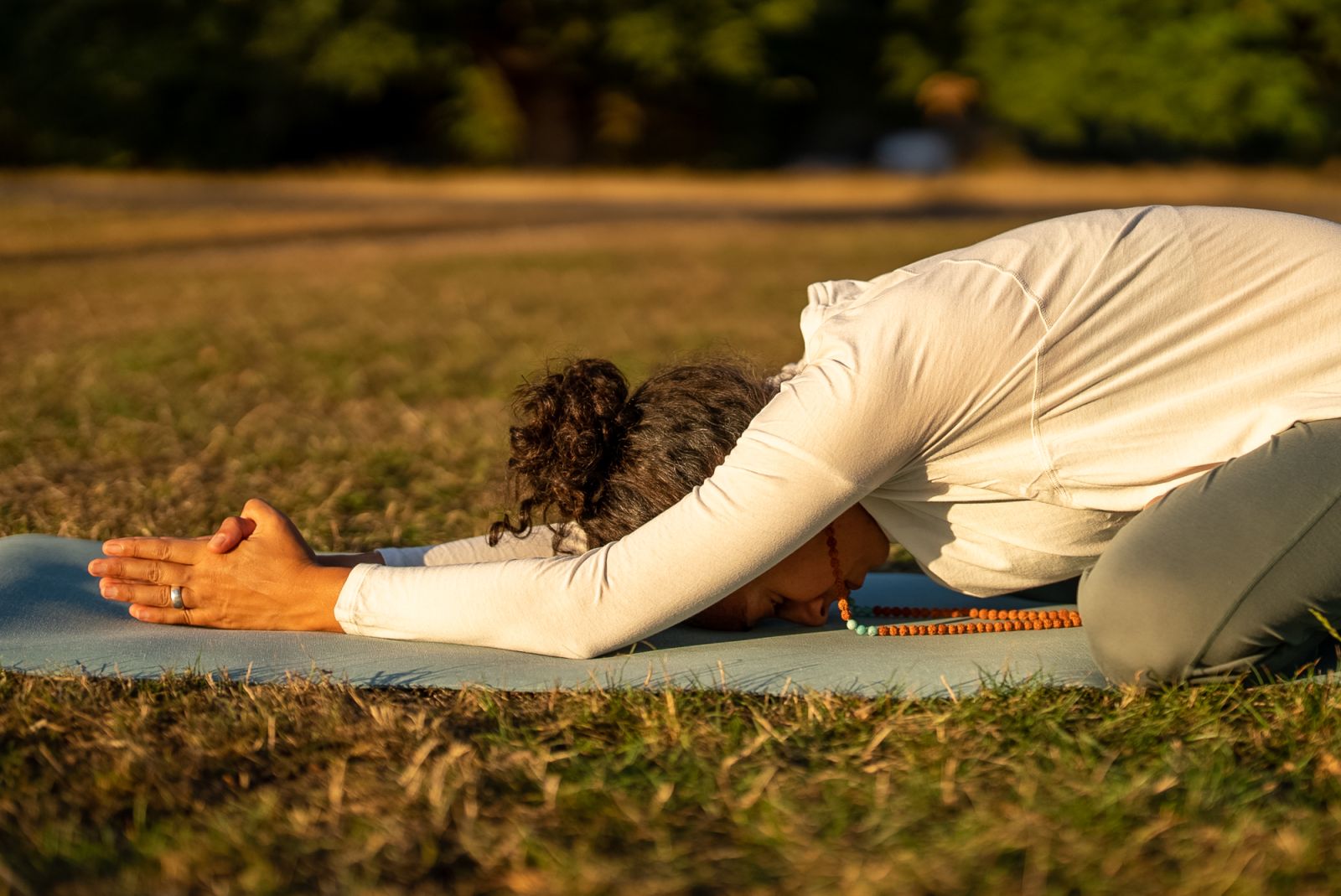
It’s worth noting that samadhi is a deeply nuanced and multi-faceted phenomenon, marked by enlightened bliss and the highest state of spiritual enlightenment of consciousness. In this state, practitioners report feeling a sense of unification of self, mind and object. The profundity of the experience is dwarfed only by the elusive nature of it and the everlasting quest it gives rise to. But whether it manifests as trance-like peace or utter absorption, the eighth limb looms as representative of the end goal necessitating the rest of the journey. To divorce the postural from the philosophical or, worse, to obscure the spiritual over the physical, then, seems ludicrous.
That many of the eight limbs have to do with mental fortitude – not the physical dexterity to hold a certain pose for a predetermined time or flexibility to make it through a challenging sequence – is telling.
In similar fashion, Indian classic music is holistic, and cognisant of the rhythmic and cyclical patterns of times of the day, seasons of the year and even the emotional experience of the musician, as well as the audience. Through diving into the depths of human emotion, both practices elevate the state of existence and bind us with something greater than ourselves – allowing us to see the wood for the trees. And that kind of mental clarity and big-picture thinking is both humbling and freeing, all at the same time.
“The key here is liberation – that’s what both yoga (in its fullest form) and Indian classical music seek to do,” Ahluwalia sums up.
How yoga calms the mind, especially with Indian classical music
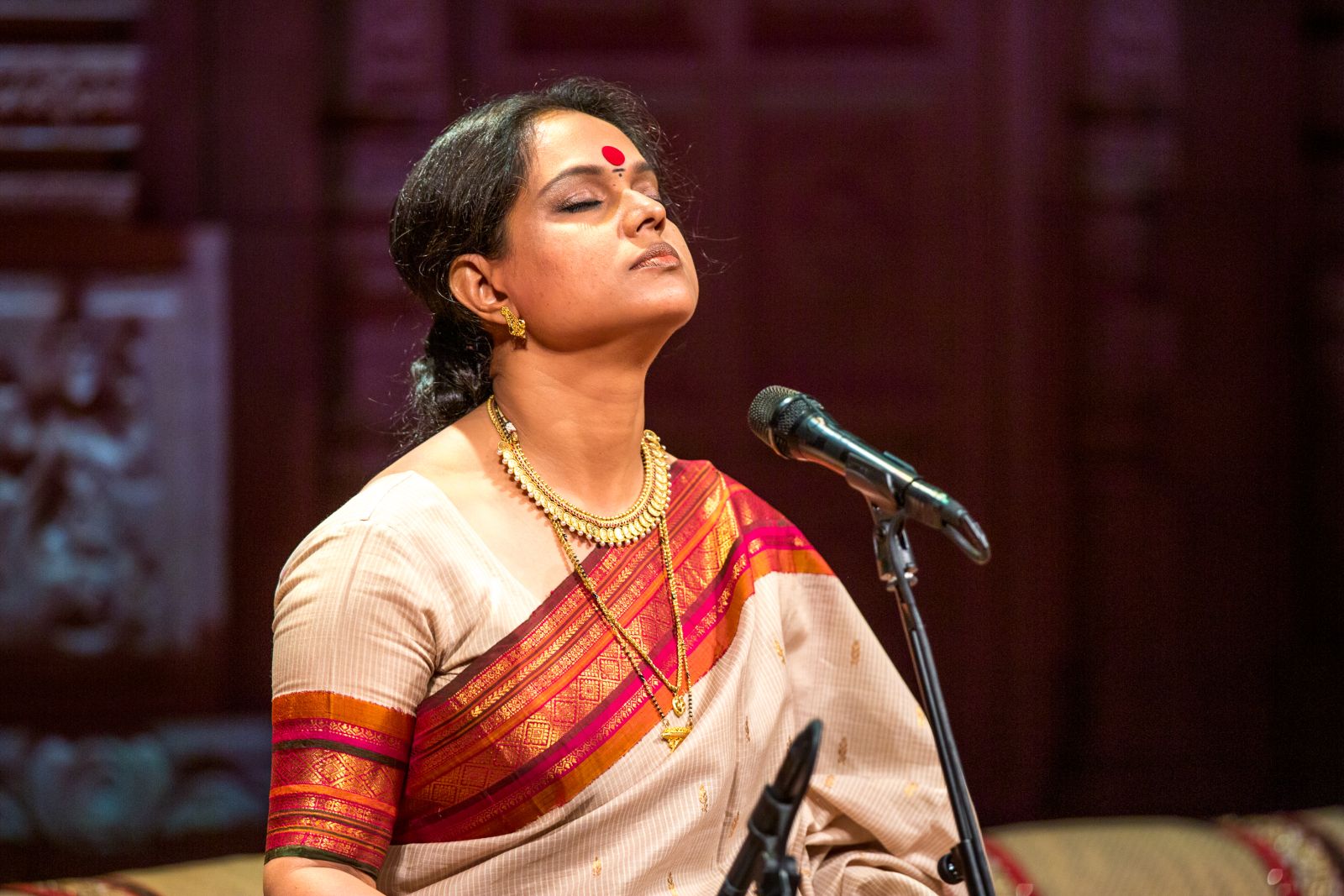
While achieving a state of samadhi may be a lofty goal for many of us at the beginning of our journey, tasting a bit of that divine oneness and quiet is still possible. The key lies in looking beyond the posture and understanding our own ‘why’, while being mindful of rather than tone-deaf to the realities of the ecosystem we operate in.
How exactly does yoga calm the mind, we ask Ahluwalia. Does it, for instance, drown out noise? Trigger a physical reaction? Is the sense of serenity due to breathwork?
“I would say that as soon as people start to breathe deeply this helps them calm down,”
agrees Ahluwalia. “I think this is why people love yoga and they don’t always know why.”
“Physically, yes, practising yoga asana and pranayama (breathing practices) helps to move us into the parasympathetic nervous system allowing us to relax,” she continues. Scientists agree. A 2020 research study tracked salivary cortisol of participants after yoga stretches, and found that parasympathetic nerve activity enhanced and stress hormones improved. “Therefore, yoga stretching may be useful to compensate for physical inactivity and increase life expectancy in the general population,” the study authors extrapolate. In another study of pregnant women, those who attended maternity yoga classes had consolidated and better quality sleep as well as reduced stress compared to the control group, especially as their pregnancies drew closer to term.
In fact, many researches are starting to provide evidence for the ways in which yoga calms the body, but quantifying how it calms the mind is a little more difficult.
Ahluwalia cautions against viewing physical relaxation as the only objective – or victory – of yoga. “Yes, there are the physical benefits, but there are emotional, energetic ones too and in time, spiritual benefits. Not for everyone, but for those who are interested and curious to explore more,” she explains.
As for exactly how to implement and scaffold a daily practice, especially for beginners, Ahluwalia believes that to start with at least, in-person interaction is key. “I would always recommend that people first start yoga classes with a teacher in face-to-face classes to ensure that they are doing the postures safely, to be guided through pranayama and meditation practice etc. Over time, they can then build a home practice,” she advises.
Similar to the way that purists in Indian classical music believe that a raga’s healing potency is strongest when it is played with spontaneity directly to the ailing, with the musician factoring in the emotional tone, molecular energy and the unique circumstances of the place and individual, it simply isn’t enough to copy-paste a yoga practice that may have worked for others or that one may have seen online.
“I think it’s important to remember that people are individuals so there’s no ‘cookie cutter’ approach to some of these practices, such as yoga and meditation. Having the guidance of an experienced teacher is really important,” she recommends.
In Ahluwalia’s experience, the incorporation of Indian classical music came when she noticed her students needed something more to be able to take the first step towards release.
“I watched people struggle to breathe easily and fidget in savasana (corpse pose practiced at the end of a yoga asana class). Increasingly, I realised that whilst people needed a bit of dynamic practice – mainly to get out of their heads – they really needed to slow down and to find some space. I reduced the numbers of postures and introduced longer holds. I started using more
Indian classical music, where different ‘ragas’ are performed at different times of the day to resonate with the body in line with Ayurvedic principles. It seemed to work; people were better able to let go,” she shares.
The ability to let go was important – one of the first steps towards being able to harness the recuperative impacts of yoga. And by letting go in a physical practice can be the start of people letting go in their daily lives accepting things as they are instead of how we personally think they ‘should be.’
“A lot of our time and energy is spent in our heads, caught up with our thoughts,” explains Ahluwalia, “Yoga helps us to get out of our heads and into our bodies. It helps us to focus, to concentrate, to move away from the constant patterns of thinking in our heads.”
And by venturing out of what can sometimes become toxic, crippling or spiraling thoughts of anxiety by getting into our bodies, it follows naturally that the mind is given the requisite space to step back, heal, and reflect.
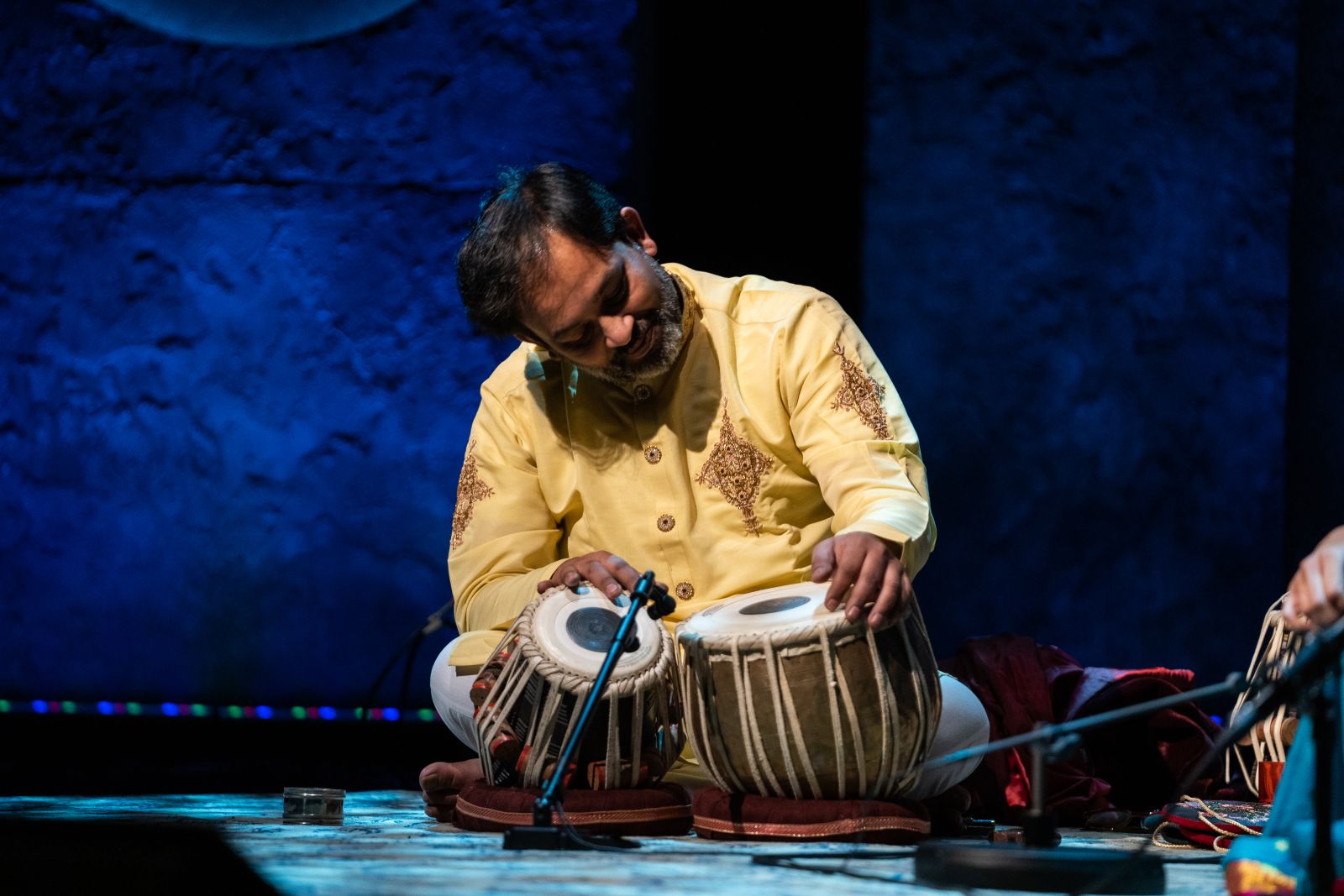
“Most of the time we don’t even realise that we’re not relaxed so as we gain more awareness of the body, we gain more awareness of what’s going on in our minds – how it controls us,” she says, leading to both immediate and long-term benefits.
For instance, hatha yoga means path of effort in its traditional form, and Ahluwalia explains that the effort starts off as more conspicuous and physical – related to the posture – but ultimately leads towards more subtle practices. As a result, she says, as people stop being attached to what they think a posture should ‘look like,’ they may be less attached to material things and eventually worldly worries. While ascetism isn’t a natural byproduct of yoga (unless one is working towards that intentionally) the ability to let go, duck out of the rat race – if only for a while – is stupendously uplifting and glorifying to the spirit.
In fact, according to Ahluwalia, the answer to how exactly yoga calms the mind both immediately and through a long-term shift in values lies in looking within to determine why we are quieting the mind in the first place. With the constant onslaught of and exposure to a variety of stimuli, endless to-do lists, persistent global media feeds and pervasive feelings of uncertainty, it’s no surprise that the mind craves more time outside of the grind.
“By engaging in yoga’s philosophy – particularly the Namas and Niymas – it can help us to see beyond ourselves to the bigger picture,” says Ahluwalia. And if more people are aware of this larger objective and bigger picture, good things will follow.
In a way, that’s exactly what the world needs right now. Particularly in a post-Covid world, yoga has growing relevance and importance. It attests to burgeoning global interest in wellness, and even beyond warding off feelings of isolation and disconnectedness, yoga has the potential to set the foundation for a more inclusive, environmentally attuned and regulated reality.
As UN Deputy Secretary-General Amina Mohammed's recent statement puts it, “By practicing yoga, we can promote values that inspire a peaceful, environmental stewardship for the betterment of society and the earth.”
Yoga as union with the divine
Ultimately, yoga represents an opportunity to turn inwards. With more mindfulness and presence, eventually, we feel more connected to something greater than ourselves.
“We struggle to stay present and connected to our true source – the divine, whatever that means to people,” says Ahluwalia.
That's exactly what one of the styles of yoga that Ahluwalia has more recently been teaching – yin yoga – helps to do. Yin yoga is a, “...slower, more meditative style of yoga, giving space to turn inward to both the mind and the physical sensations in the body,” she describes, “It is a wonderful practice to do alongside more vigourous practices which have a greater focus on the muscles.”
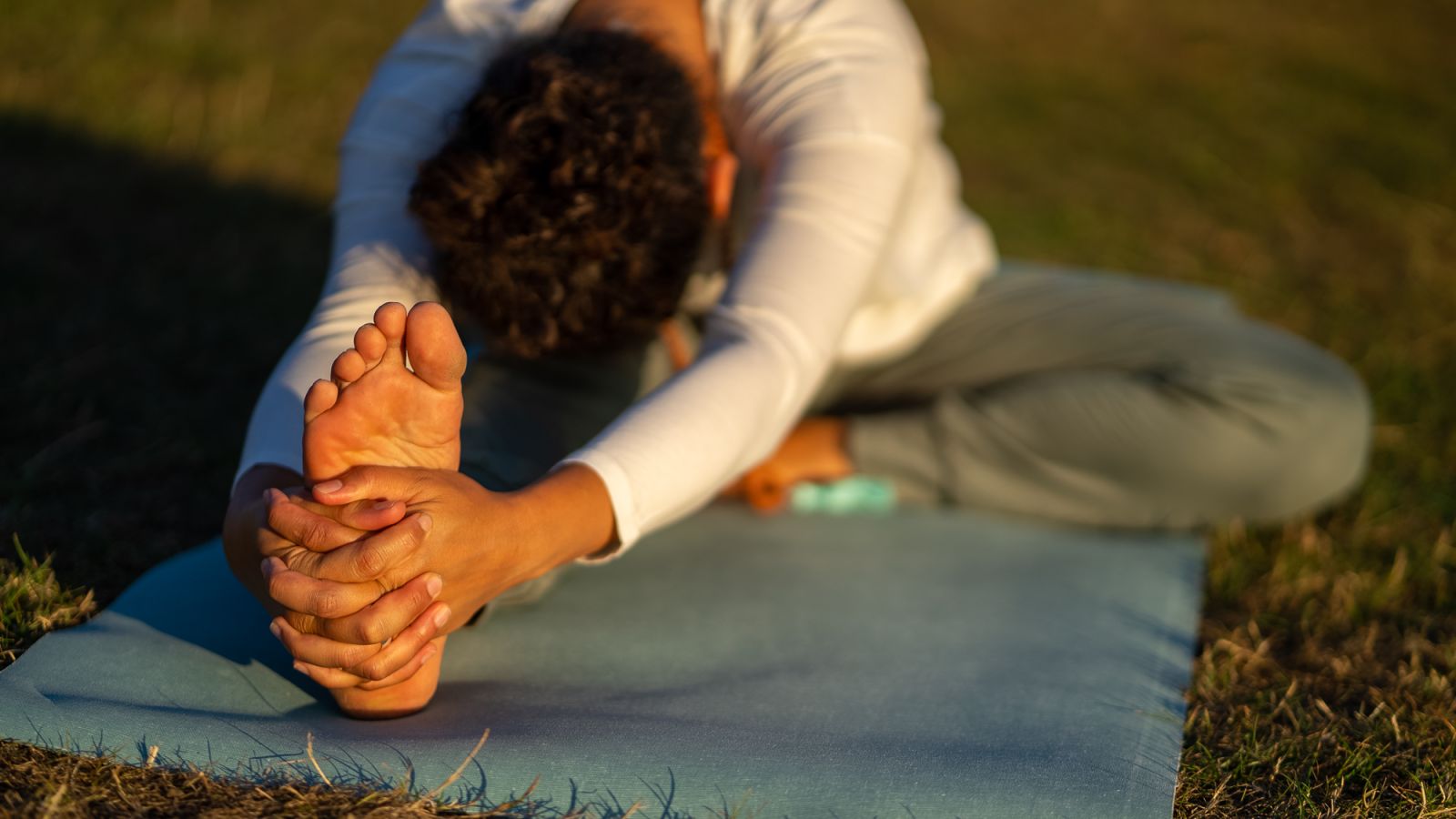
“Working into the fascia (deep connective tissues) whilst holding postures for up to five minutes, [it] is a lesson in breathing through the discomfort and sitting with your thoughts. It’s about finding stillness, cooling the body and playing with your ‘edge’ – the point at which a ‘nice’ stretch becomes unbearable. Postures are largely floor based and rather than chakras (energy points in the body), organs are the point of focus, linked together by meridians (energy channels) carrying qi (also known as prana or life force) in balance around the body for optimal health,” she writes.
In times like these, yin was exactly what a too blatantly yang world needed, describes Ahluwalia. She references our widespread return to basics movement as we were forced to slow down, stay home, reflect, purchase locally and become more conscientious of our stewardship responsibilities towards the planet.
“In a way, lockdown was the most yin many people have been for a long time,” she says.
During her journey, Ahluwalia says she is fortunate that, “Every time my life has become overly yang, I get a message.” Being attuned to those messages, and following the eight-limbed path of yoga, has been key to helping her become an anchor, both for herself and others.
By getting out of our heads and into our bodies, cherishing interconnectedness, seeking union with a larger purpose and some sort of spiritual divine, and being brave enough to sit with our thoughts – or, indeed, with ourselves – through discomfort, we can reap many of the same well-being gains that Ahluwalia has. Whether it’s the immediate physically calming effect of deep breathing or the more spiritual impact of fulfilled life, the ancient practice can help millions, in ways as diverse and inclusive as the tradition itself.
Still, not all yoga’s benefits can be quantified.
And maybe, just maybe, they don’t have to be.
Perhaps the je ne sais quoi quotient of yoga’s calming and stress-relieving impact is precisely where its magic lies – what turns the whole into so much more than the sum of its parts. In a field and ancient tradition as vast as the Indian classical arts, oceans and compendiums of knowledge can never be boiled down into a definitive and prescriptive answer that fits a neat little box.
Perhaps, just like 15-year-old Kanwal, we will always find yoga both inexplicably strange, and marvelously wonderful.
And we wouldn’t have it any other way.
Charlie Parker, the legendary jazz saxophonist, once said: 'Music is your own experience, your own thoughts, your...
Read More 
Ustad Imdad Khan (1848-1920, pictured above) was a sitar and surbahar (bass sitar) player born in Agra as a...
Read More 
One famous story of an Indian musician tuning before his audience has now taken a permanent place in the annals of...
Read More 
The beginner's guide to Indian classical music. Whether you’re completely new to raga music or just need a refresher, we’ve put together this brief overview of all things raga music to help you feel at ease when visiting one of our concerts or watch our videos on our YouTube or our Darbar Concert Hall.
Keep up to date with the latest news, events, music and musings across our social channels
For hundreds more clips and shorts, vist our YT page here 